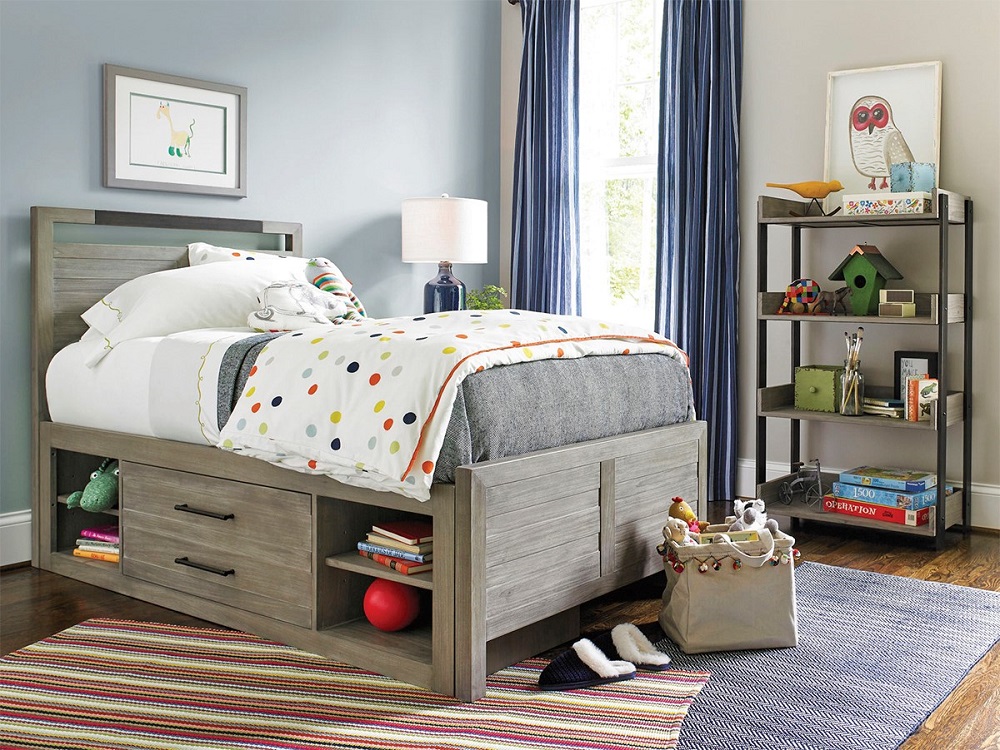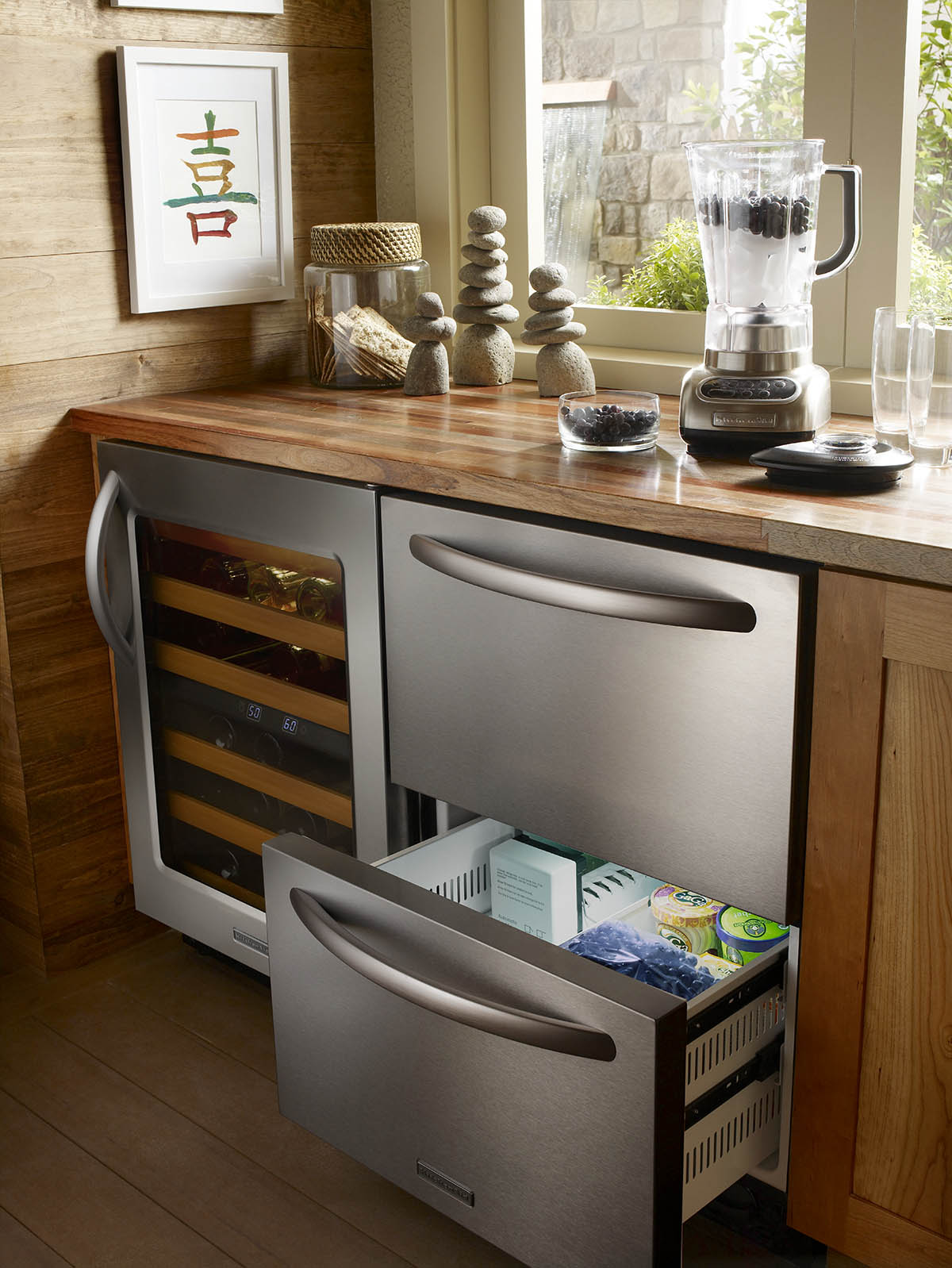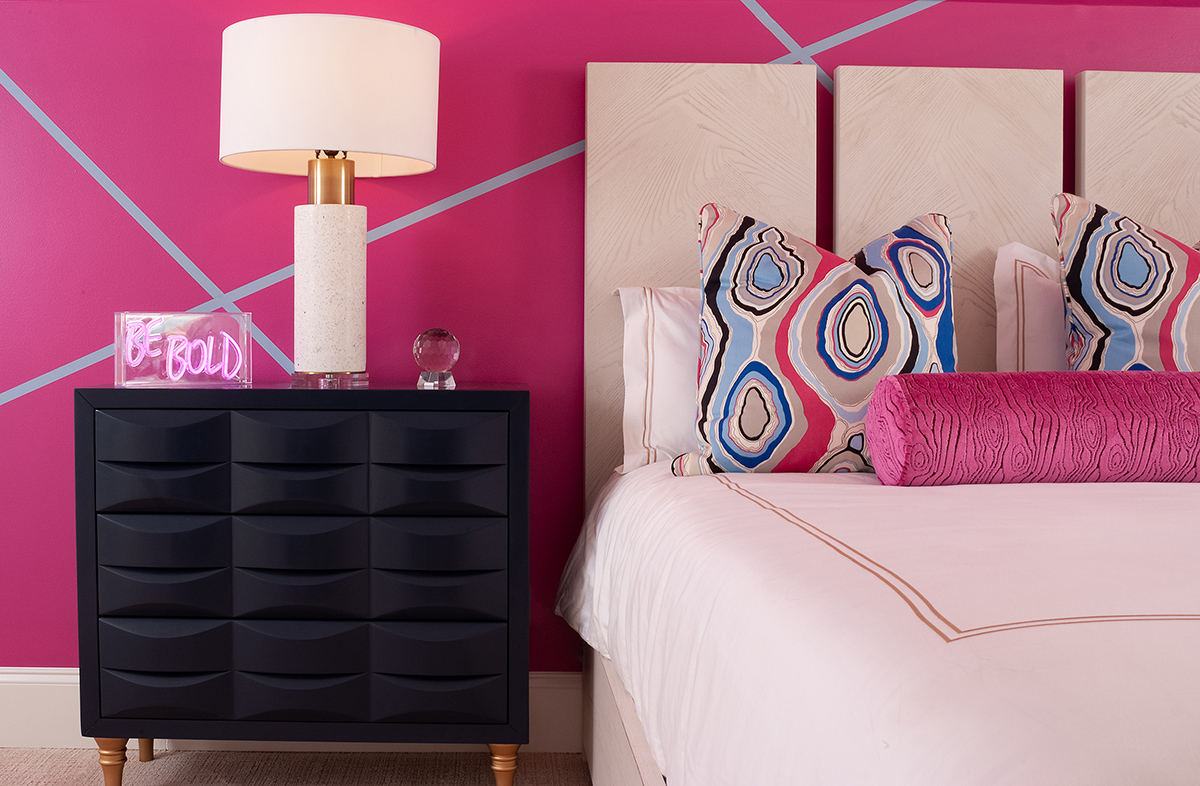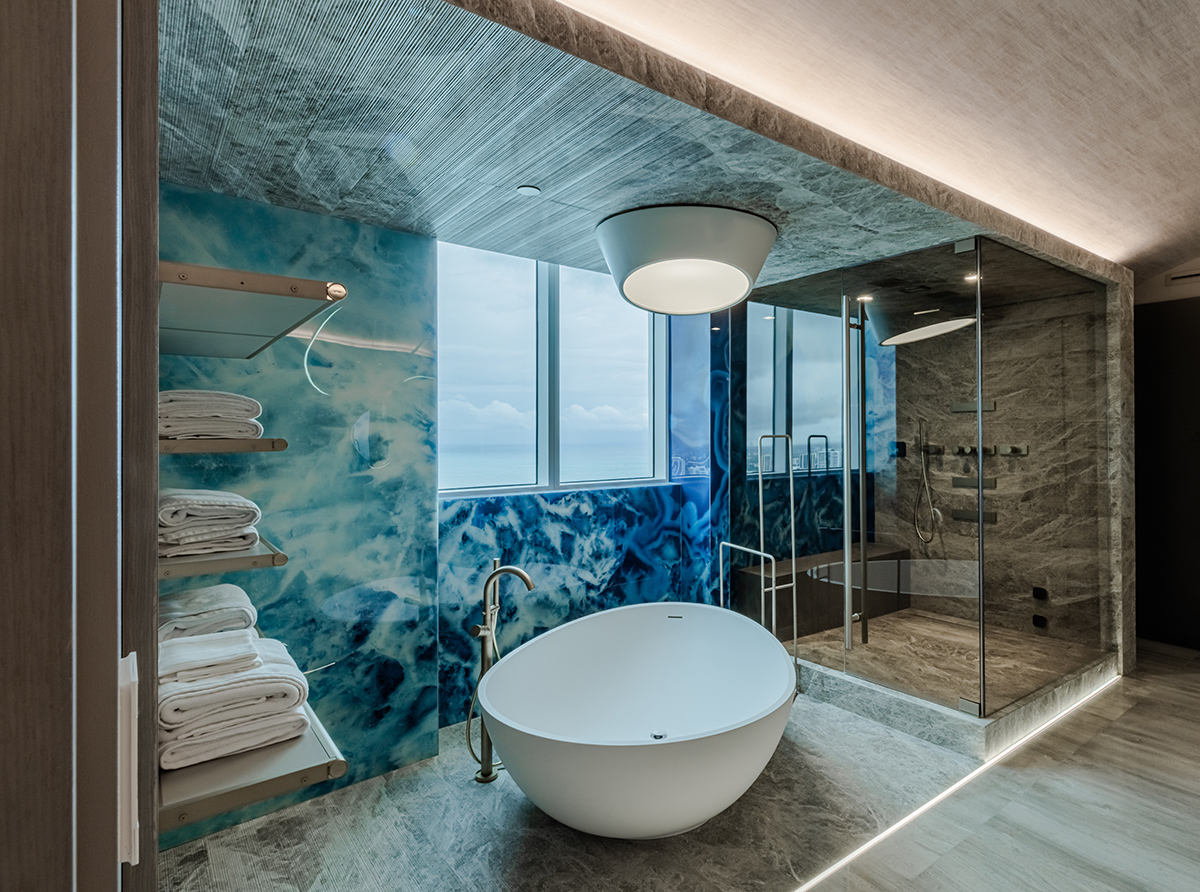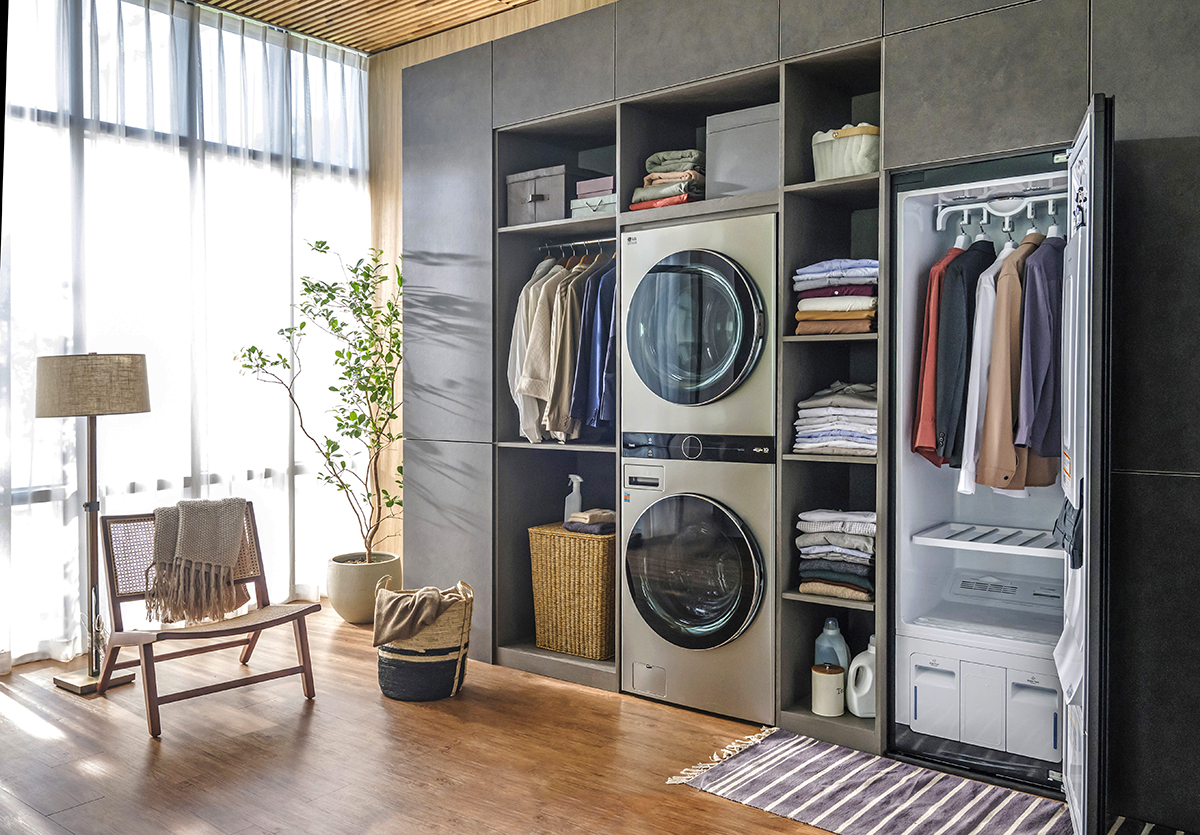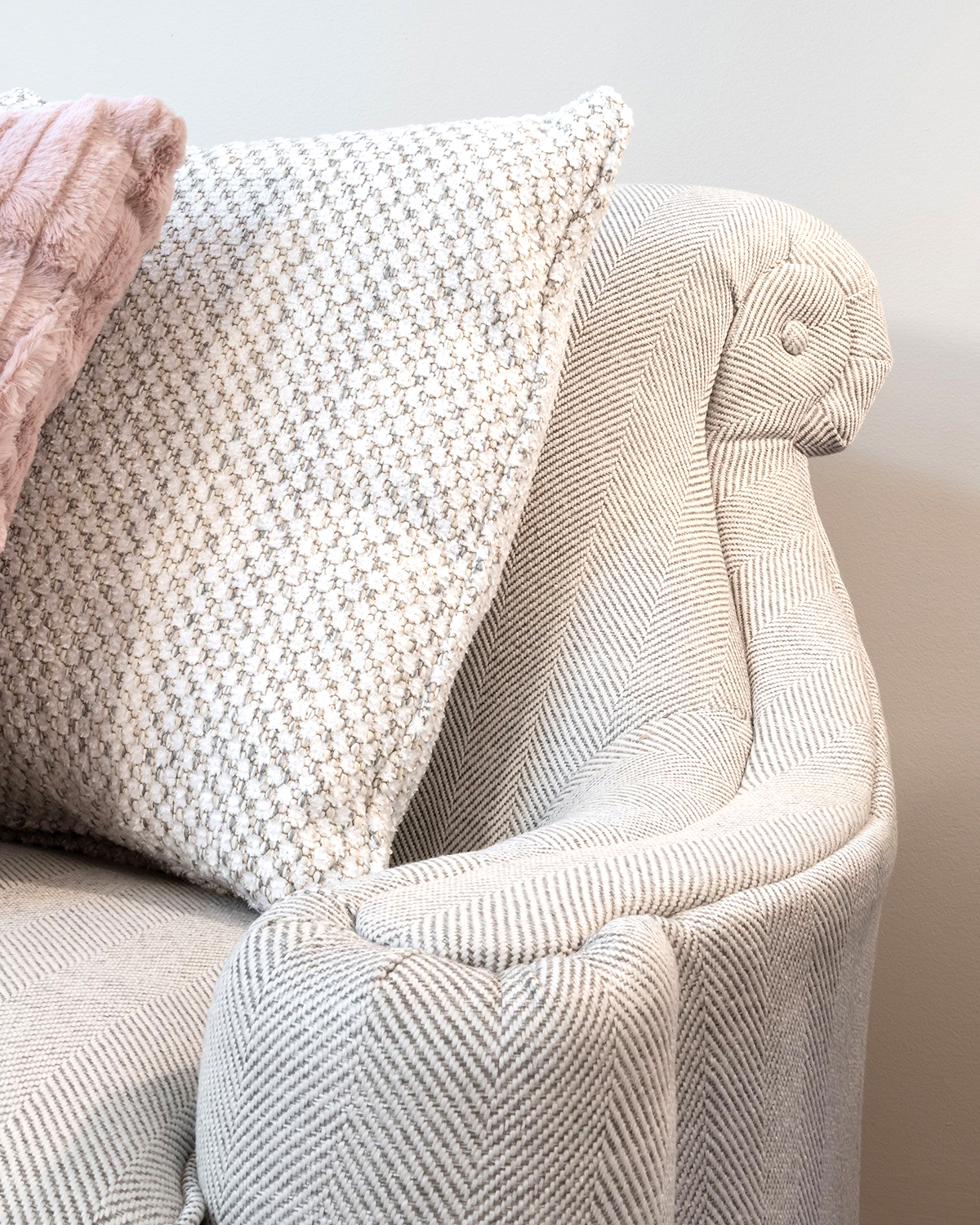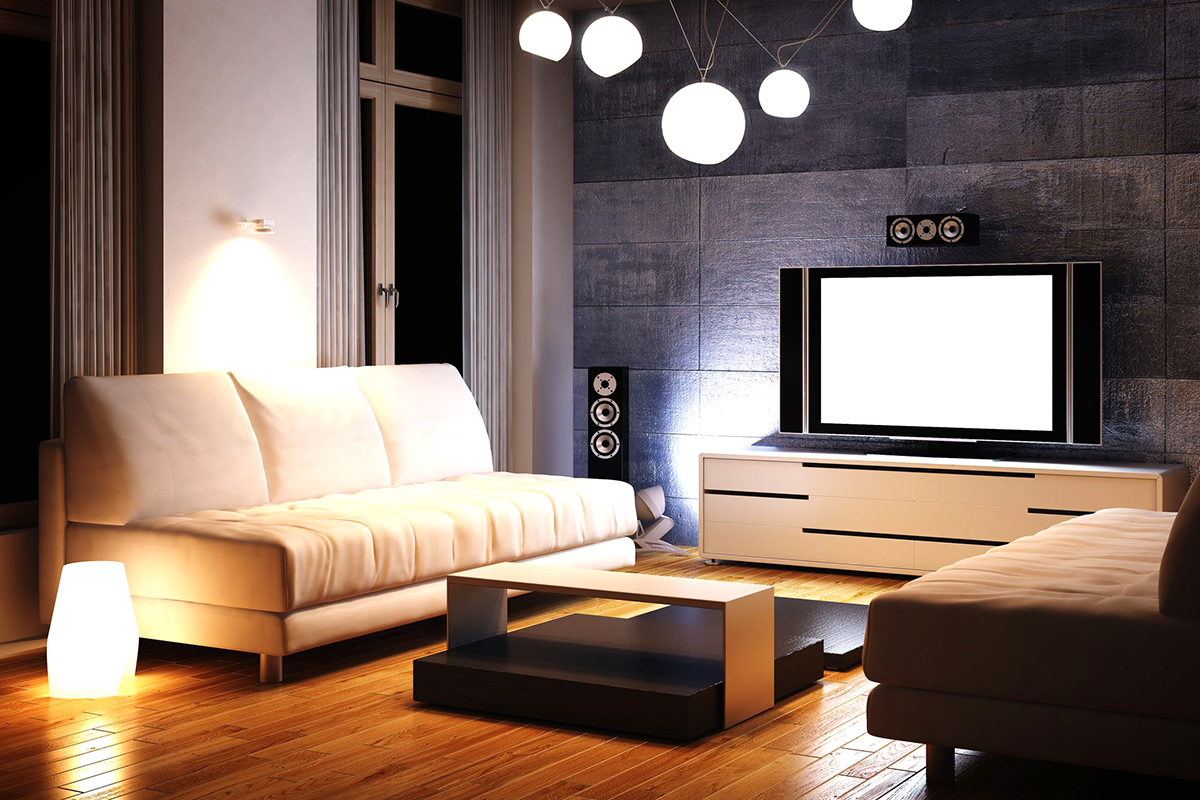WRITER | JENNIFER KEISER
PHOTO | THE QUIET MOOSE
Designing a kid’s bedroom is a fun project with endless styling opportunities! From picking a cute theme to incorporating perfectly sized furniture and charming accents, this kind of project is one where you can let your creativity run free. But that doesn’t mean functionality should go out the window. While one of the best parts of a kid’s bedroom is all of the sweet-as-can-be details, we have rounded up six helpful tips that will promise practicality for many years to come.
ACCESSIBILITY IS KEY
When designing your child’s bedroom, always keep accessibility in mind. Placing items such as storage bins and toy baskets within a child’s reach will encourage independent play. Plus, with access to all of their things, your little ones will learn responsibility when it is time to clean up and put their toys away. Place these catchalls on the floor or invest in some low organizers to keep them all together. Adjustable pieces that can adapt to different needs can also come in handy. As your child grows, the containers can hold sports gear and school supplies.
BUILT-IN FUNCTION
Where applicable, it is always smart to look for furniture that offers stylish silhouettes and offers built-in functionality. Features like built-in nightlights and built-in charging ports are not only convenient, but they will also serve a purpose as your child grows with the furnishings. The same can be said for seating that incorporates storage and saves space. Look for benches and ottomans that can be positioned at the foot of the bed to provide an extra perch for family members and friends.
KEEP IT SIMPLE
While we love the more specialized children’s items in bright colors and distinctive styles, something can also be said for keeping things simple. Select neutrally hued furniture in simple shapes that will stay in style as your child graduates from child to tween to teen. Instead of buying brand new furniture, change up accent items as your child grows. For instance, kid-specific artwork, bedding, and rugs can easily be swapped for more mature styles over time.
DESIGNATED STUDY AREA
If space allows, leave room in your design for a designated study/desk area. Having a special place to color and create will help build a connection between your child and their personal space. And, once they are old enough, this space can naturally transition into a convenient area for homework and studying. Maximize the wall space above the desk with a corkboard or display practical and aesthetically pleasing shelves. You can also add a mobile cart for school and craft supplies.
DOUBLE UP ON STORAGE
Buying pieces that offer ample storage should always be part of your furniture selection criteria, especially in a kid’s room. Implementing several different pieces with storage capabilities will serve you well as it will be convenient and cut down on mess. From bookcases with plenty of room for books, games, and other trinkets, to dressers packed with extra room, you really can’t go wrong. Look for sturdy pieces with adjustable shelves and easy-to-close drawers. Make sure to anchor these items to the wall for added safety.
INCORPORATE PATTERN + TEXTURE
While this tip is more about aesthetics than function, we couldn’t help but throw it into the mix. Once you outfit your child’s bedroom so it’s full of practical living elements, it’s time to have a little fun with pattern and texture. Pinks, blues, shiny, matte, soft, cozy — the sky is the limit! As soon as your kids are old enough to offer their own opinions, let them pick their favorite accent colors and motifs. Keep younger siblings in mind when making your selections for items that can be passed down through the years. Including dynamic accents will be an ideal way to make all of your hard work look simply stunning for years to come.


